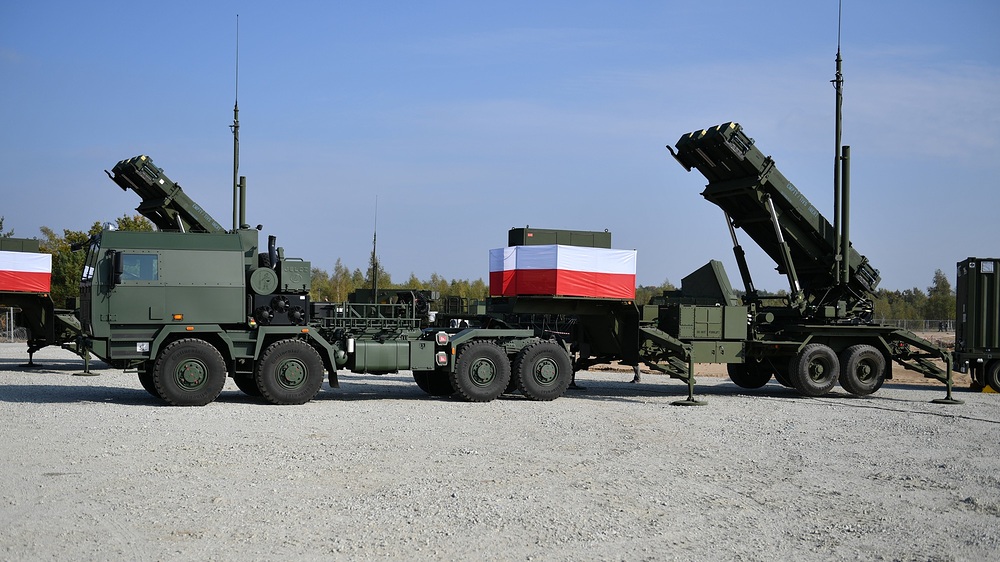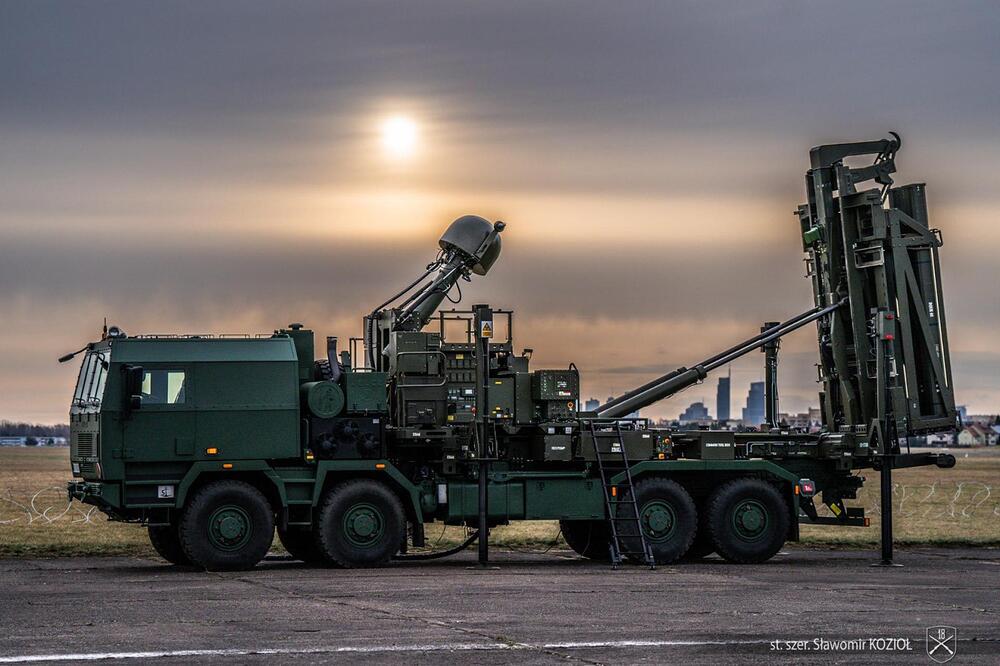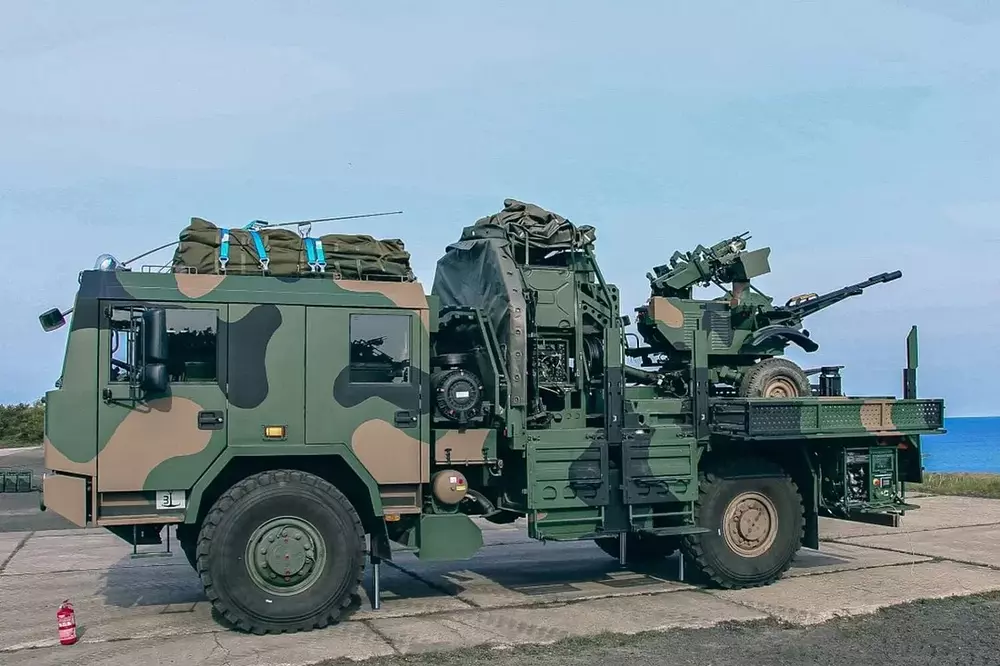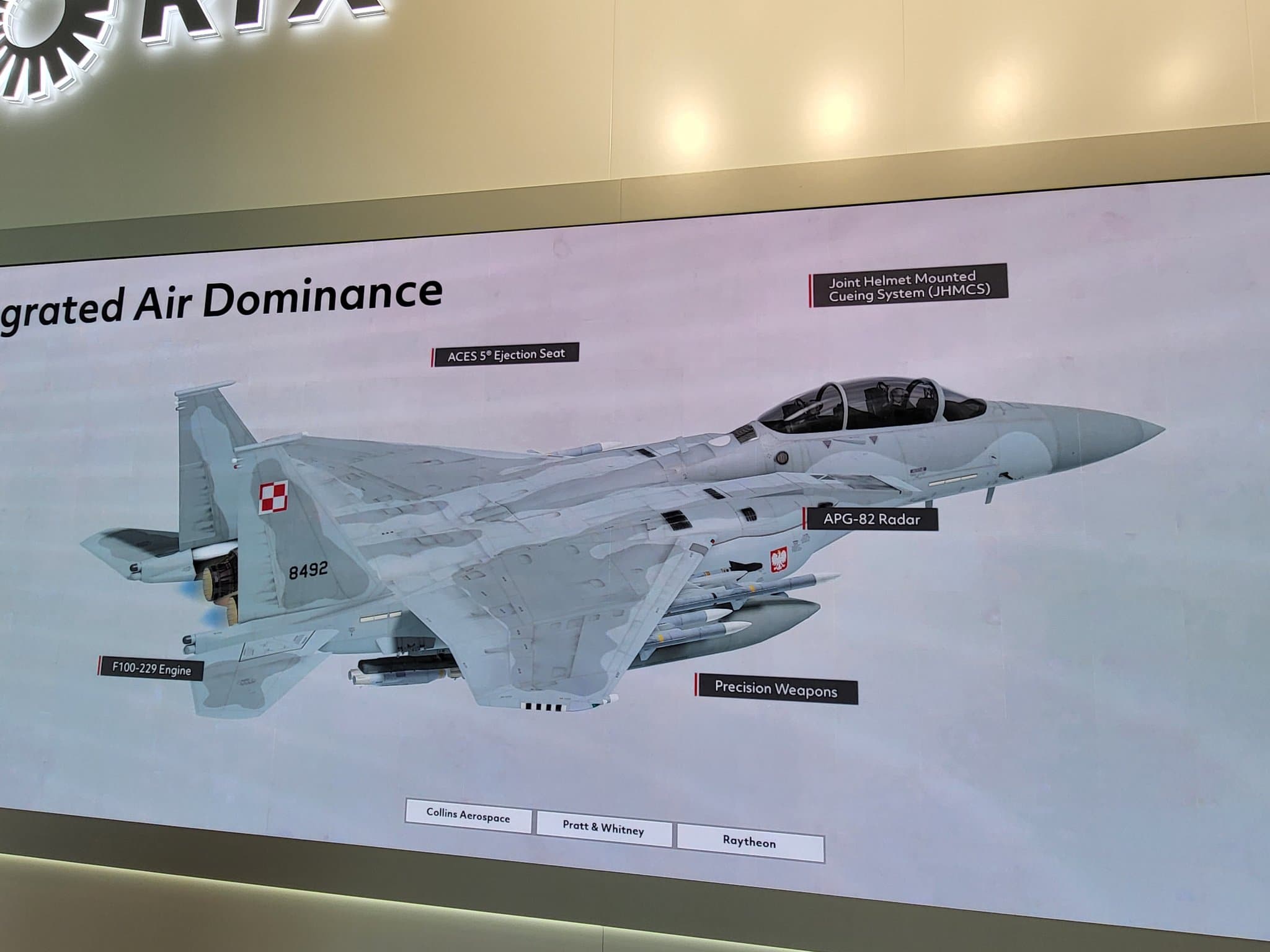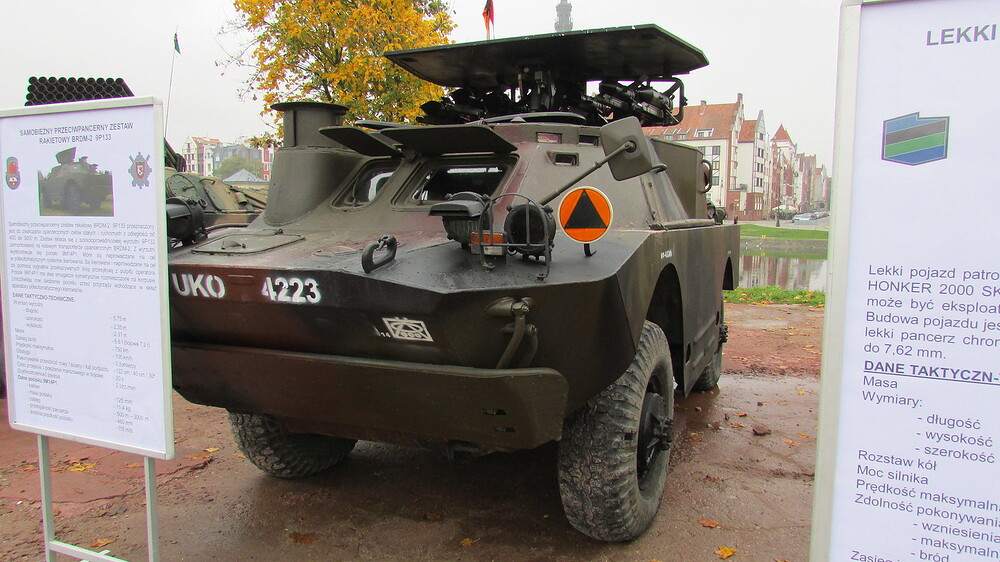This
Hell yeah just like that :D
source: Polish Explosive reactive armor: ERAWA-1 and ERAWA-2
for me is just K-5 with less Kinetic protection
my university ends in 3 days so i will be able to cook something too
With new spaa system in warthunder i will be able to add some nice stuff
With new advanced AA systems in the game, I think It’s time to show what we got and fill the proposed tech tree.
1. Wisła Air Defense System
(Probably too advanced for the game right now but who cares)
Overview:
The Wisła system is the backbone of Poland’s long-range air and missile defense. It is based on the combat-proven American Patriot PAC-3 MSE system and is part of Poland’s effort to build a multi-layered, integrated air defense network. The Wisła program represents Poland’s largest-ever defense procurement and significantly enhances Poland’s capability to defend against tactical ballistic missiles, cruise missiles, aircraft, and other advanced aerial threats. Wisła is interoperable with NATO systems and will be fully integrated via the IBCS (Integrated Battle Command System), enabling network-centric warfare with seamless data exchange among various sensors and shooters across different military branches and allied forces.
Components:
-
MIM-104 Patriot PAC-3 MSE interceptors
-
IBCS (Integrated Air and Missile Defense Battle Command System)
-
AN/MPQ‑65 and LTAMDS „GhostEye” radars (in future phases)
Capabilities:
-
Intercept tactical ballistic missiles, cruise missiles, and aircraft
-
Range: ~100+ km
-
Altitude: up to 24 km
-
Network-centric, interoperable with NATO systems
Phases:
-
Phase I: 2 batteries (2023-2024)
-
Phase II: 6 batteries ordered (production ongoing)
-
Full system with IBCS integration by ~2027
-
Total of 8 batteries planned
Budget:
Approx. $4.75 billion for Phase I; Phase II expected to cost over $10 billion in total.
2. Narew
Overview:
The Narew system is Poland’s indigenously developed, medium-range air defense system designed to fill the gap between the long-range Wisła system and the short-range Pilica and VSHORAD systems. It is a critical part of Poland’s multi-layered air defense strategy, aimed at protecting mobile military units, strategic infrastructure, and population centers from aircraft, helicopters, cruise missiles, and UAVs. Narew prioritizes modularity, high mobility, and domestic industrial participation. The system is being developed in partnership with MBDA, utilizing CAMM and CAMM-ER missiles with plans for full Polish radar, command, and launcher integration. Narew is expected to become the most numerous air defense system in the Polish Armed Forces.
Components:
-
CAMM/CAMM-ER interceptors (from MBDA)
-
Polish Jelcz launchers
-
Polish radars (e.g. Sajna, Bystra)
-
Integrated via the IBCS system in future
Capabilities:
-
Range: ~25-50 km (depending on missile variant)
-
Altitude: up to 10-20 km
-
High mobility and networked fire control
-
Rapid engagement of multiple aerial threats
Phases:
-
Initial “Mała Narew” delivered in 2022-2023 (interim solution)
-
Full Narew production with Polish industry involvement until ~2035
-
Over 20 fire units planned
Budget:
Expected total cost: ~ PLN 60 billion (~ $15 billion)
More detailed info: Jelcz P882.57 T21 TS DOW, Mała Narew
3. Pilica / Pilica+
Overview:
Pilica is Poland’s very short-range air defense (VSHORAD) system designed to provide point defense for key infrastructure, airfields, and military units against low-flying threats such as UAVs, helicopters, and cruise missiles. The system combines autonomous optical tracking, 23 mm twin anti-aircraft cannons, and short-range MANPADS (Grom/Piorun) on mobile platforms. Pilica is capable of operating independently or as part of a broader, networked defense architecture. The enhanced version, Pilica+, will significantly expand its capabilities by integrating CAMM missiles for extended range and IBCS connectivity, allowing Pilica+ to cooperate directly with higher-tier systems like Narew and Wisła, effectively forming the lower layer of the national air defense shield.**
Components:
-
23 mm twin anti-aircraft cannons
-
Grom or Piorun MANPADS launchers
-
Polish radar stations (e.g. Soła)
-
Pilica+ will integrate CAMM missiles and connect to IBCS
Capabilities:
-
Range: 5-6 km (guns), 6.5 km (missiles), up to ~25 km (Pilica+)
-
Defends against aircraft, UAVs, cruise missiles
-
Automatic tracking and engagement
-
Modular, can be deployed quickly
Phases:
-
Pilica deliveries started in 2022
-
Pilica+ contract signed in 2023; delivery by ~2025-2026
Budget:
Pilica: PLN 750 million ($180 million)
Pilica+: over PLN 5 billion (~$1.25 billion)
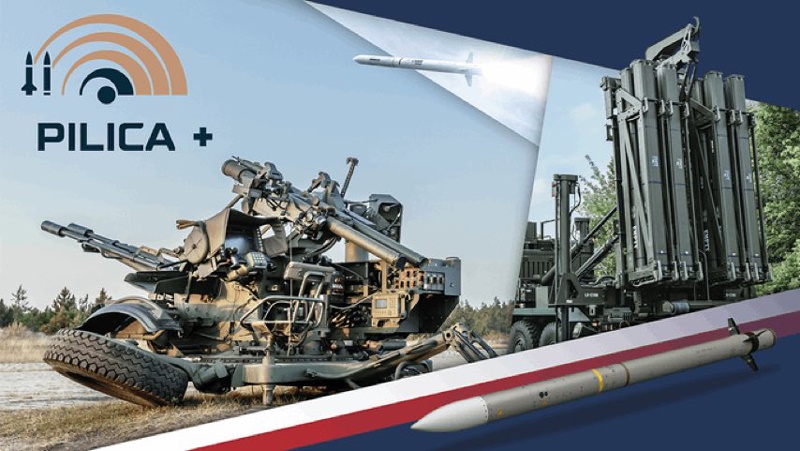
4. Poprad
(already suggested but I will throw it here anyway)
Overview:
Poprad is a mobile VSHORAD system providing air defense coverage for maneuvering ground forces and protecting fixed assets against low and very low-altitude threats. Mounted on 4x4 wheeled platforms (such as AMZ Żubr or Jelcz trucks), Poprad systems are equipped with electro-optical sensors, an automated fire control system, and a quad launcher for Grom or Piorun missiles. Poprad can operate autonomously using its own sensors or as part of a larger air defense network, receiving target data from higher-echelon radars and command posts. The system is fully adapted to modern battlefield requirements, offering fast deployment, high mobility, and quick reaction to threats such as helicopters, low-flying aircraft, and drones. It is now widely deployed across Polish brigades.
Components:
-
Grom/Piorun missiles (quad launcher)
-
Electro-optical targeting system
-
Mounted on 4x4 vehicles (AMZ Żubr or Jelcz)
Capabilities:
Range: 6.5 km
-
Altitude: up to 4 km
-
Autonomous or networked operation
-
Rapid response to low-altitude threats
Phases:
-
Deliveries completed by 2023 (77 units)
-
Fully operational across Polish brigades
Budget:
Approx. PLN 1.1 billion (~$275 million) for full procurement
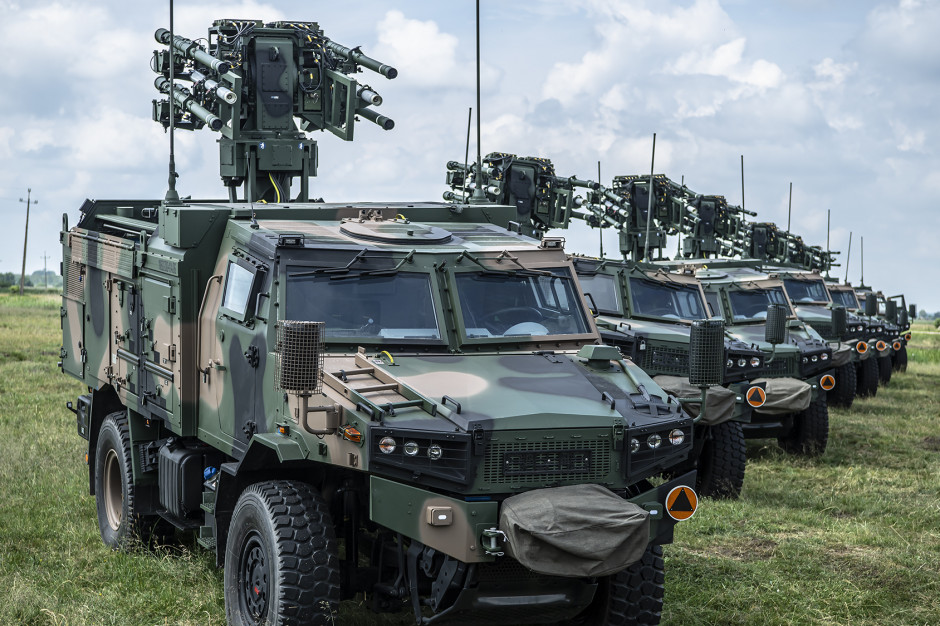
And here’s little suprise from the Paris Air Show 2025. F-15EX proposal from Boeing to Polish Air Force. Feels kinda late to post this but I forgot
I love giving my tax money for more import vehicles that we definitly can fill them with.
As I was digint through the internet to find pictures for my TT I found this: The Dead District: საბჭოთა БМП-ეების პოლონური მოდერნიზაცია – BWP-95, BWP-2000, BWP-40 და სხვები
You never know what you can find at 3am on the internet in the depths of 2nd page of Google
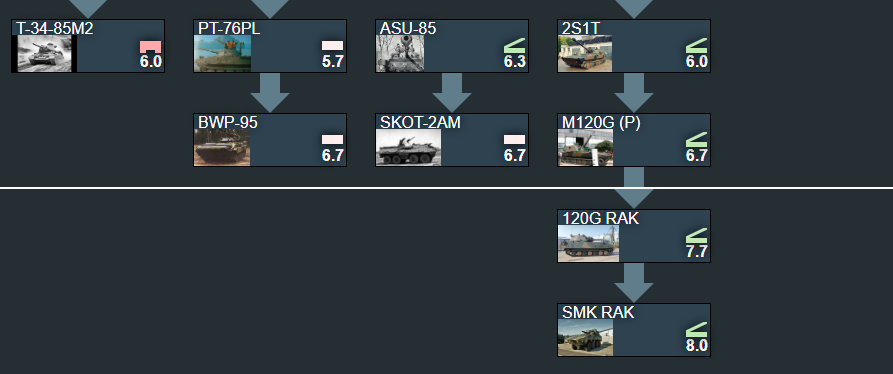
So Im in a little pickle:
1st. there’s a big Gap between 6.0 and 8.0 beacsue there’s T-34-85M2 and nothing else till 8.0 when T-55U apears - question is, should I add IS-2 and IS-3 to fill the gap
2nd gap between Ryś E8 at 8.7 and SKOT-2AM at 6.7, and I want to add Żbik-B with 9K111 at 8.0 or 8.3 so the gap won’t be that big on one hand Żbik-B is modified BRDM with .50cal istead of 14.5mm and better engine on other it has 400mm of pen with that 9K111 missle and is fast and small
3rd thing Im gathering people who have made other Polish/Polish-czech/ anything Polish TT related, on DC, I come to the conclusion that best way to gather information and opinions from people who worked on it previously is on DC. For now in my DM’s but if there is enough people I will make server for it.
my DC nickname is: erce
Or maybe there’s alredy server for it idk, if there is I would like to be invited to it.
Never then less, for me it would be easier to make next video in polish and english, beacsue I’m not alfa and omega, I don’t know much about aircraft besides how they fly (lol).
yes
Don’t forget the 9P133 Malutka-P
I also have some more vehicles to send a jeep in mind that has malutkas and recoilless rifle, will send that tmrw though as I don’t have time to dig through my notes.
Also feel free to check out me and my teams visegrad tech tree. (A bit outdated btw)
https://visegradgroundforces.neocities.org/visegrád-ground_forces%20(24)
The gap between T-34-85M is fine, because there is still a 7.3 lineup. In my version I added OT-64 Cobra at 7.3 (essentially SKOT with 2A42 and APDS), Wz.77 DANA-M at 7.3, and BWP-2 at 7.3 (I do this because im pretty sure polish BWP-2 didnt have the missile on roof), and lastly the IS-3 at 7.3.
Also Zbik-B has the 9P135M mount and has access to 9M113. Also the lack of the KPWT can be made up because it has smoke grenades and laser warning and rangefinder.
Lastly im pretty sure that the PT-76 is still called PT-76B, it just has the DSzK and different roof hatches
yes I know, I just used the PL for some distinction
Since InSpeedWeTrust is my friend and he can’t reply I will forward his message:
“I didn’t add the IS2 and IS3 heavy tanks because, from what I remember, they were identical and people would just talk about copy-pasting. That’s the main reason why there are so few machines in common use without any changes. Plus, there were probably two IS3s themselves, one of which actually served and the other was a museum model. As for the BRDM, I’ll definitely add it as soon as I have time. Now that I think about it, it would be possible to create an “extended tree” that would include literally everything. Another Discord point seems like a great idea; I’ll probably join as soon as I get home. Thanks for helping me in suggestion!”
I would also like to join discord like this, just to read interesting stuff and maybe help with something
thanks for forwarding the message.
Speaking of discord, for now I just gather people, I alredy have some people from my YT video that DMed me about the TT and suggested some vehicles, like HM-45 that i completely forgot existed. DC server will be made as soon as there will be at least 10 people. for now there is 5 (excluding me) so if anyone is interested DM me, and I will add you to friend and later on make Polish TT Discord.
1+ just because of hopes of having a moderna in the tech tree
Where dose the K2PL and the K9PL sit?
Hi, we’re cunrently combining few ideas of Polish TT into one, just so everyone would have word to say, and be satisfied in the end. K9PL is basicly Vidar, K2PL we do not know much about it, for now K2GF is the 12.0. In my head K9PL should be Premium since we alredy have AHS Krab (UPG) and Krab (K9) which play mostly the same as Vidar especialy the K9 chasis Krab. yet both of those are Reasercheble unlike K9PL.
I think that the K2GF should be folded under the K2PL since Poland is manufacturing the K2PL domestically under license. Not to mention that the initial batch of K2GF will be converted to the K2PL
Source:
Secondary Source:
As for the K9PL, folder it with the Krab since both SPGs will be **deployed together in mass and domestically produced under License. (Ministry of National Defense).
In addition to the K9PL (along with the K2PL) being produced under license, players who are not able to afford the VIDAR will be able to play the K9PL.
For a premium replacement, go with the T72M1R and 2S7 Pion

